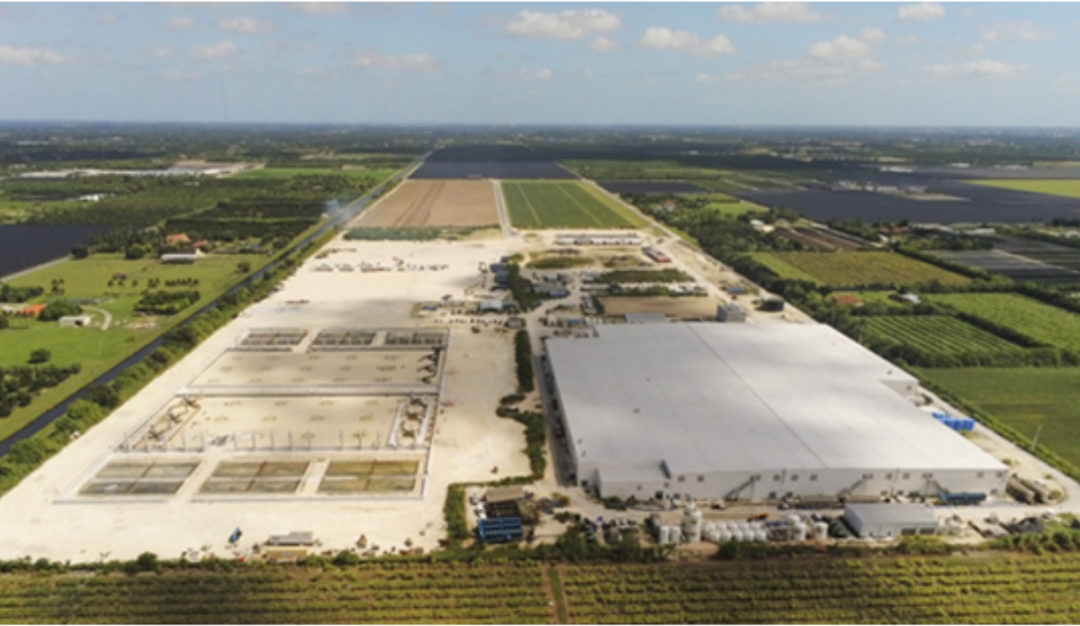TOOELE, UTAH, US — Skretting will build a specialized state-of-the-art feed mill for land-based salmon in Florida to serve Atlantic Sapphire’s US operations.
Having a local feed plant will minimize the carbon footprint of transporting the feed and is expected to cut the company’s logistics cost.
Skretting plans to build and finance the feed plant, while Atlantic Sapphire will commit to source the majority of its salmon feed demand from Skretting over the contract period, which is expected to span 10 years. The all-in feed price will be determined by the actual cost per specific diet and can only be influenced by factors outside the control of Skretting. The agreement contains contractual mechanisms to ensure that Atlantic Sapphire always has access to market leading salmon feeds in terms of both quality and value, while Skretting continues to exceed industry standards.
Skretting and Atlantic Sapphire said they expect continuous improvements going forward that will result in better fish welfare, higher product quality, improved sustainability and lower cost of production.
Feed is Atlantic Sapphire’s largest cost component. Due to the specialized production requirements needed to produce salmon feed, the company is currently transporting its salmon feed from Canada, at a considerable cost disadvantage, it said.
The construction of the feed plant is subject to Skretting receiving all necessary permits to build and operate the feed plant after which a final investment decision will be taken.
“With the long-term agreement that Skretting and Atlantic Sapphire have established, we are committed to increasing capacity to facilitate future growth of the land-based salmon industry in the US,” said Therese Log Bergjord, Skretting chief executive officer. “Atlantic Sapphire has been a leader in the land-based salmon revolution, and I am extremely confident that we can deliver on our shared aspirations, and that the Bluehouse technology will continue to thrive. We are proud to deliver the feed that will ensure fresh and local supply of Atlantic salmon to the US market.”






